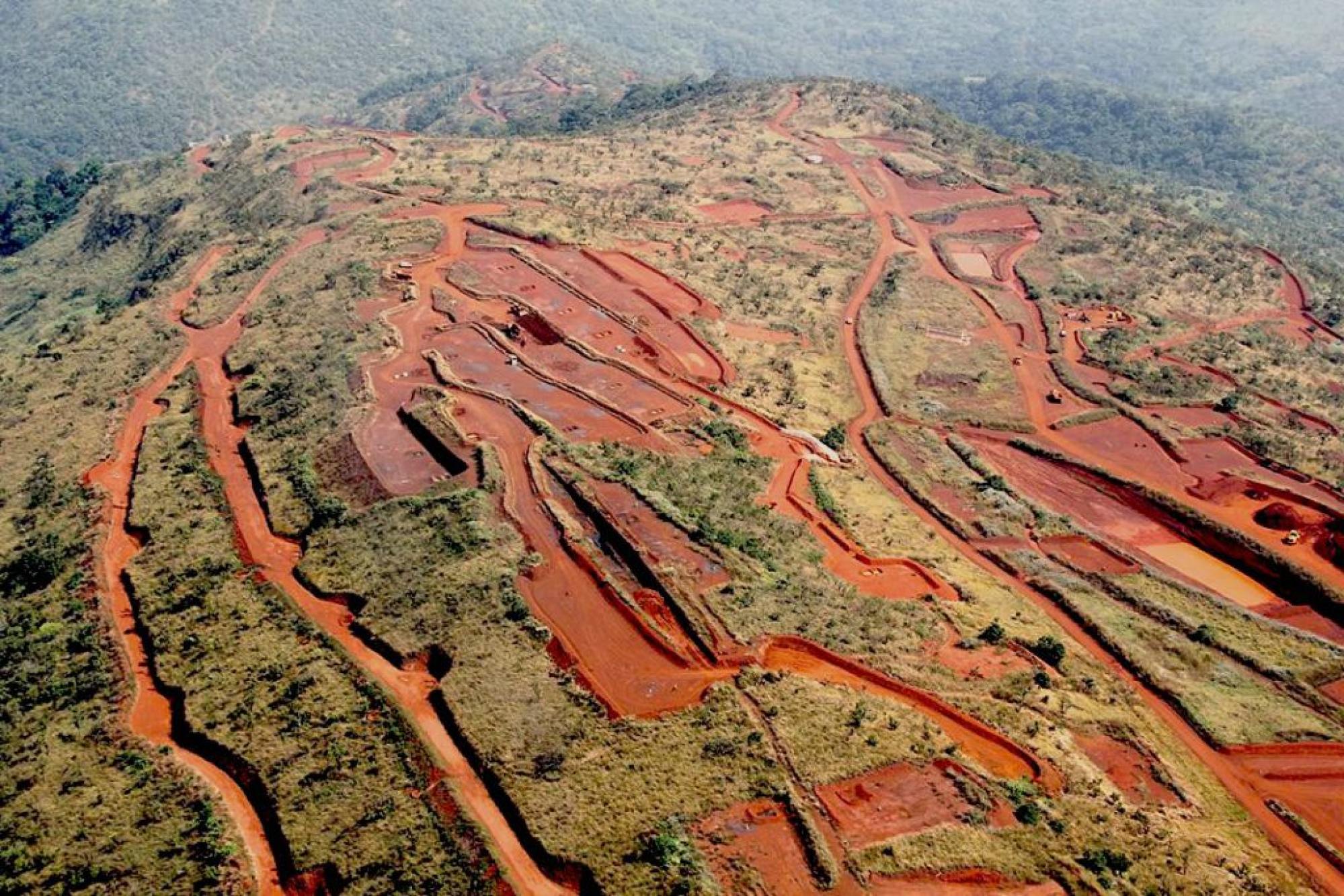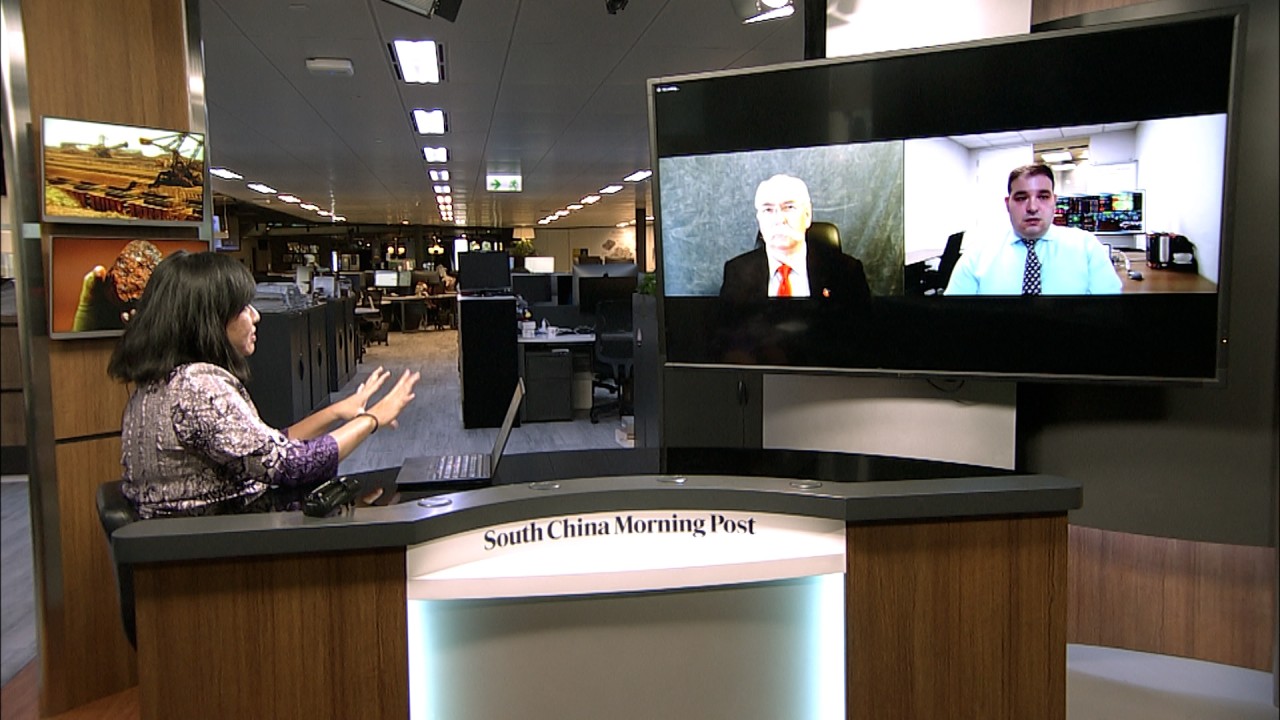Can China diversify iron ore imports from Australia, Brazil as mining giant Rio Tinto affirms 2025 Africa production?
Rio has interests in two blocks within Simandou, the world’s biggest untapped source of high-grade iron ore, alongside partners, Chinalco-led Chinese consortium Chalco Iron Ore Holdings, and the Guinean government.
Malaysia’s rare earths goal fuels China’s displeasure fears, ‘betrayal’ cries
Malaysia’s rare earths goal fuels China’s displeasure fears, ‘betrayal’ cries
Rio said it planned to spend an initial US$6.2 billion on developing its blocks and co-developing extensive rail and port infrastructure with owners of the other two blocks in the mine, WCS, another consortium of owners that include interests from Chinese steel giant, China Baowu Steel Group.
China imports about 60 per cent of its total iron ore needs from Australia and about 20 per cent from Brazil, according to Chinese customs figures.
Its political fallout with Australia in 2020 – which is being resolved – has led to an expedited effort by China to seek other sources of iron ore, including investing in overseas iron ore mines and increasing scrap-based steelmaking.
Given its size and quality, Simandou will be China’s best chance at diversifying away from Australia and other suppliers which also explains Beijing’s interests in all four blocks of the mine.
But Simandou’s potential was still in doubt even after Guinea’s ruling junta agreed to resume Simandou’s operations in March last year following disruptions caused by the September 2021 military coup.
“The involvement of Guinea’s ruling military junta in the giant Simandou iron ore project adds sovereign risk to an already fraught asset,” S&P Global Market Intelligence had said in an analysis shortly after operations resumed.
With the project set to go ahead, China would welcome the new source of iron ore, but there could be new hurdles ahead, Singapore-based Navigate Commodities’ managing director Atilla Widnell said.
The high grade Simandou ore will be in hot demand by the time it is mined in 2025 as it will be key to the decarbonisation process that steel mills are concerned with given their carbon emission reduction targets, he said.

For the industry to become net-zero by 2050, steelmakers must switch production from blast furnaces that consume coal to green hydrogen-based direct reduced iron (DRI) processes, the Institute for Energy Economics and Financial Analysis said in a report last year.
However, DRI technology requires a higher grade of iron ore than traditional blast furnaces, which Simandou has plenty of.
“So it’s highly likely that most of [the Simandou] tonnes will find their way into North American, European and Scandinavian markets, where there will be high demand for these volumes given the chemical and technical characteristics of the Simandou ore body – much to China’s disappointment,” Widnell said.
In the interim, Australia need not be too concerned about new competition from Simandou, as the mine also could be a boon for the country in the form of mining royalties and taxes that the Australia-incorporated Rio will pay.
“And it ticks the box of contributing to the decarbonisation of the world’s steel industry,” Widnell said.


